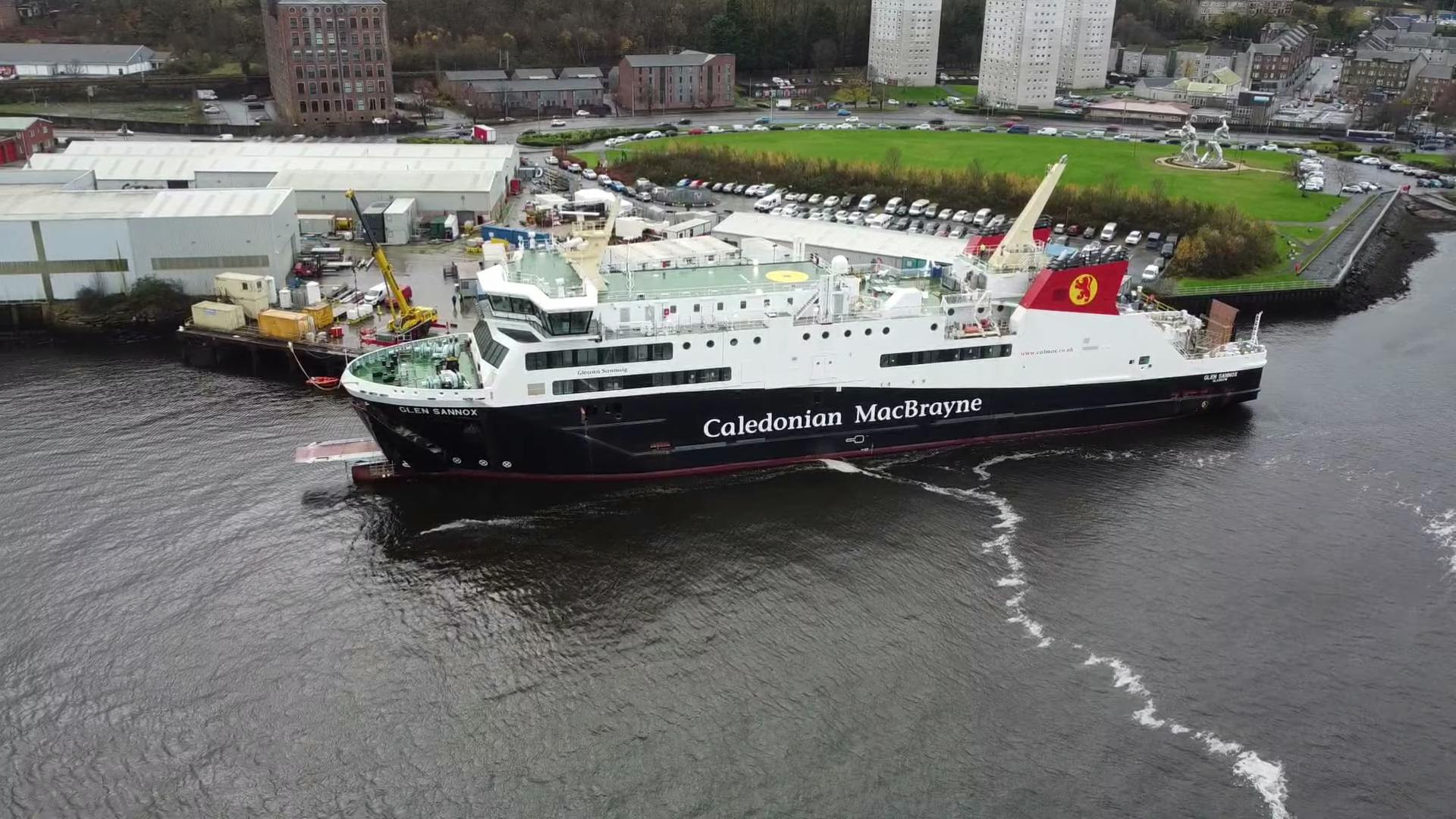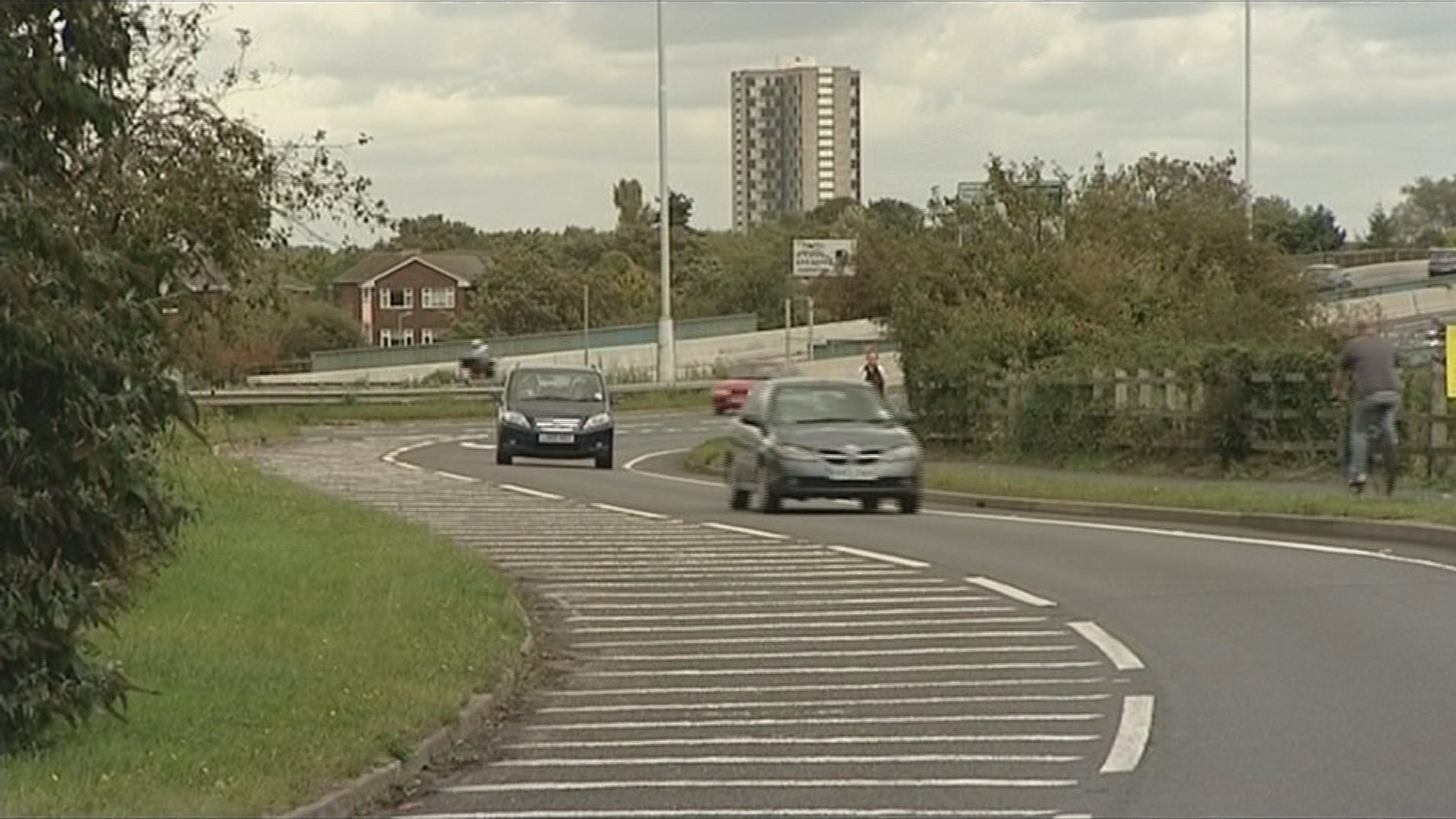The Glen Sannox ferry, one of the two vessels at the centre of a major Scottish government transport fiasco, has been hit with another setback. The ferry, which was supposed to enter service in 2018, requires new cables and pipes due to rusting. Shipyard workers at the nationalised Ferguson Marine will take parts from its delayed sister vessel - the Glen Rosa - to speed up the repairs, according to the Scottish Mail on Sunday.
The Glen Sannox, which was launched on November 21, 2017 by the then first minister Nicola Sturgeon, was originally due for delivery in 2018, but it has yet to enter service. The vessel completed a number of successful sea acceptance trials following the completion of construction work at the nationalised shipyard in Port Glasgow, Inverclyde. The shipbuilder’s interim chief executive said earlier this month the trials had been an “overall success”.
However, these newly identified repairs are a further setback in the handover which would allow the ferry to enter service on a key island route.
The cost of both vessels - which will serve the busy Arran and Ardrossan route - have more than tripled to at least £350 million in total and are expected to be delivered around six years late. It is hoped the individual cost for the Glen Rosa will be kept below £150 million. However, the total bill for both ferries were initially priced at £97 million.
The History of the Delays
Work on both ships began in 2016 and they were originally due for delivery in 2018 but have faced significant design and construction challenges. At the 2017 launch of the Glen Sannox, it had not been completely constructed, with the bridge and windows painted on and the funnels were not operational and instead only for show.
The dual-fuel engines on both vessels have also played a part in the delays, amid problems installing the liquified natural gas (LNG) system over the past year. The state-owned shipyard found the process of cooling the pipes to the sub-zero temperatures necessary to load the fuel was taking longer than anticipated. This meant they would no longer be able to meet the deadline for handover to the ferry-owning agency CMAL by September 30 as planned. LNG needs to be kept at below -160C in order to remain in a liquid state.
Criticism from Opposition Politicians
Sue Webber, transport spokeswoman for the Scottish Tories, said: “Just when you think the SNP's ferries scandal can't get any worse, you're proved wrong. If it wasn't so serious it would be laughable.
“Ripping out parts of Glen Rosa to replace those on the Glen Sannox is robbing Peter to pay Paul. It's hard to believe Ferguson Marine's claim that this won't slow down the completion of Glen Rosa, but it seems their only priority is preventing any further hold-up on the Glen Sannox, which is already almost seven years late.
“Scotland's betrayed islanders are sick of the endless delays, incompetence, and excuses which SNP ministers have presided over, while taxpayers are carrying the can for the ever-spiralling costs. This is a prime example of why Scots are sick of politicians at Holyrood. Rather than obsessing over fringe issues, SNP ministers should focus their attention on delivering these ferries as promised.”
Ferguson Marine's Response
A Ferguson Marine spokeswoman said: ‘Some parts have been taken from MV Glen Rosa for use on MV Glen Sannox. Given we are due to handover Glen Sannox soon, this is a quicker approach than ordering replacement parts or fixing them. It will not delay the delivery of Glen Rosa.’
The Scottish Government's Response
A Scottish Government spokesperson said: “Ministers have apologised for the delay to the Glen Sannox and the distress and difficulty this has caused.
“The Scottish Government continues to work closely with Ferguson Marine and delivery partners and it is encouraging to see that the sea trials have been a success for Glen Sannox.
“The Deputy First Minister has made clear to Ferguson Marine the importance of the two ferries entering service as soon as possible so that they can deliver a high quality service to our island communities.
“The wider programme to procure six new ferries by 2026 remains on target.”
The Latest Developments
The Glen Sannox has returned to sea for further trials. While the sea trials were initially successful, a false alarm from a fire detector caused a systems shutdown. There was also a separate problem identified with one of the anchors. The issues meant the tests had to be cut short, and the vessel returned to the Inchgreen dock in Greenock, Inverclyde, for checks. The vessel has now left Inchgreen to test out replacement anchor windlass parts and to conduct a number of other routine tests as we progress towards delivery.
What Next?
The Maritime and Coastguard Agency must issue MV Glen Sannox with a passenger safety certificate before handover can occur. It is anticipated that the vessel will then be handed over to CalMac to begin a familiarisation period that is expected to take up to six weeks.
The Glen Sannox saga continues to be a major story in Scotland. The delays and cost overruns have been heavily criticized by opposition politicians and island communities who rely on the ferries for transport. It remains to be seen when, or if, the Glen Sannox will finally enter service.

















